


Americans across 15 states were treated to a rare and breathtaking sight as a total solar eclipse made its way across the country on Monday afternoon. However, after waiting more than six years since the last one in 2017, viewers will now have to wait even longer for the next opportunity to witness this cosmic event. Astrophysicists and eclipse-watchers describe the experience as "spectacular" and "like a black hole in the sky," but the next total solar eclipses in North America won't happen until 2044 and 2045.
Eclipse: A Cosmic Spectacle and a Glimpse into the Heavens
A total solar eclipse is a breathtaking celestial phenomenon that occurs when the Moon passes directly between the Earth and the Sun, completely blocking out the Sun's light. This rare event creates a momentary darkness and provides a unique opportunity to observe the Sun's ethereal corona, which is normally hidden by the bright light.
The Recent Eclipse
On August 21, 2017, a total solar eclipse crossed the United States, creating a path of totality that stretched from Oregon to South Carolina. Millions of Americans witnessed this cosmic spectacle, and many were captivated by the awe-inspiring sight.
Upcoming Eclipses
While the 2017 eclipse was a memorable experience, the next total solar eclipse visible from North America will not occur until 2044. This eclipse will traverse the southern and central United States, and will be visible from Mexico to Canada.
FAQs
1. How often do total solar eclipses occur?
Total solar eclipses are relatively rare events. On average, they occur about every 18 months somewhere on Earth. However, they are not always visible from the same location.
2. Are solar eclipses dangerous to watch?
Yes, it is dangerous to look directly at the Sun during a solar eclipse, even if it is partially eclipsed. The intense light can damage the eyes permanently.
3. What safety precautions should be taken when viewing a solar eclipse?
To safely view a solar eclipse, use special eclipse glasses that are certified to block out harmful UV rays. Do not look directly at the Sun without proper eye protection.
4. What is the difference between a total and partial solar eclipse?
During a total solar eclipse, the Moon completely blocks out the Sun, creating a period of darkness. In a partial solar eclipse, the Moon only covers part of the Sun, so some sunlight still reaches the Earth.
5. Why is it important to study solar eclipses?
Solar eclipses provide scientists with valuable insights into the Sun's atmosphere and its behavior. They also allow astronomers to study other celestial bodies, such as stars and planets, that are normally hidden by the Sun's light.

The University Grants Commission (UGC) has announced draft guidelines for introducing skill-based courses and micro-credentials in higher education institutions, aligning with the objectives of the National Education Policy 2020. These courses, including emerging fields such as data analytics and AI, aim to enhance students' employability and support economic growth through a qualified workforce. Feedback on the guidelines will be accepted for the next 30 days, giving students and educators a chance to provide their input.
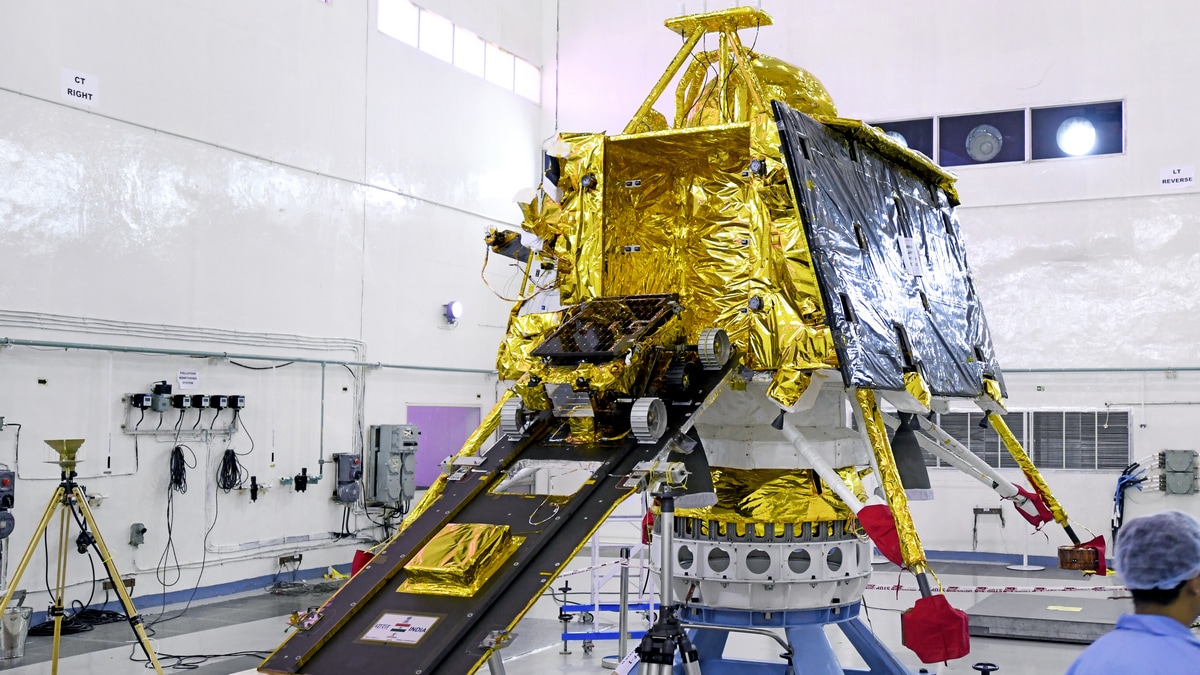
Indian Space Research Organisation (ISRO) has successfully placed two satellites, weighing 220kg, into a circular orbit of 475 km for a crucial space docking technology demonstration. This mission also included the launch of POEM-4 with 24 payloads from startups, industries, and academia. Scientist S Somanath stated that the docking process is expected to take place on January 7, after operations at ISTRAC Bengaluru from December 31. This mission is a major step towards future space missions for India.

The Indian Space Research Organisation (ISRO) launched the PSLV C60 mission on Monday night, marking a historic moment for the country's space exploration. The mission involved the launch of two spacecraft, which will demonstrate India's capabilities in orbital docking- a crucial technology for future human spaceflight and satellite servicing missions. With this achievement, India joins an elite group of countries with this technology, furthering the country's ambitions to send humans to the Moon and establish its own space station.

India's ISRO launched its Polar Satellite Launch Vehicle (PSLV-C50) carrying two spacecraft, Spacecraft A and B, to test key technologies for the future establishment of a space station. This mission is a precursor to ISRO's goal of setting up its own space station by 2035 and will aid in space docking, satellite servicing, and future interplanetary missions. The successful launch marks another milestone for India's growing space program.
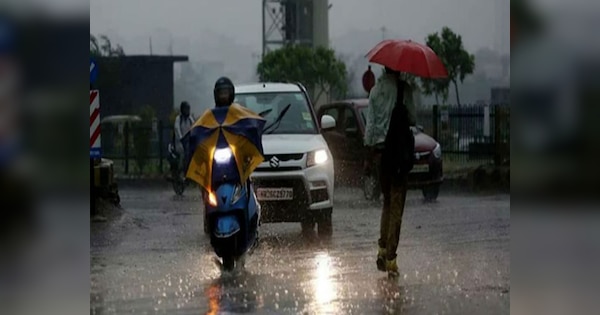
A new western disturbance is expected to affect the state of Rajasthan, bringing in light to moderate rain and hailstorms on Thursday. The India Meteorological Department (IMD) has predicted this system to also bring snowfall in the Himalayan region. North India continues to face severe cold wave conditions, with some states experiencing temperatures as low as -10.6 degrees Celsius. However, some relief may be in sight for Rajasthan with these weather changes.

A team of researchers has developed a groundbreaking algorithm to efficiently transform a given matrix by setting its rows and columns to zero in place. This new algorithm, which has been extensively tested and refined, has the potential to greatly improve the computational efficiency and speed of this common operation in the fields of mathematics and computer science. With this breakthrough, scientists and programmers will have a powerful tool to more effectively manipulate and analyze data in various applications.

Every year on December 22, National Mathematics Day is celebrated to honor the life and achievements of Srinivasa Ramanujan, one of the most influential mathematicians in history. Despite growing up in extreme poverty, his groundbreaking contributions to mathematics continue to inspire researchers today. This day not only celebrates his legacy but also recognizes India's rich history in mathematics and encourages students to explore the world of numbers.
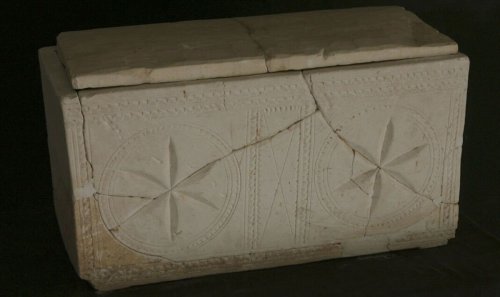
A bone box with the inscription "James, son of Joseph, brother of Jesus" was recently put on display in Atlanta, Georgia. The box is believed to have once held the remains of James the Just, brother of Jesus, making it the oldest physical evidence of Jesus. Despite some controversy and accusations of forgery, the box has been declared authentic by experts.
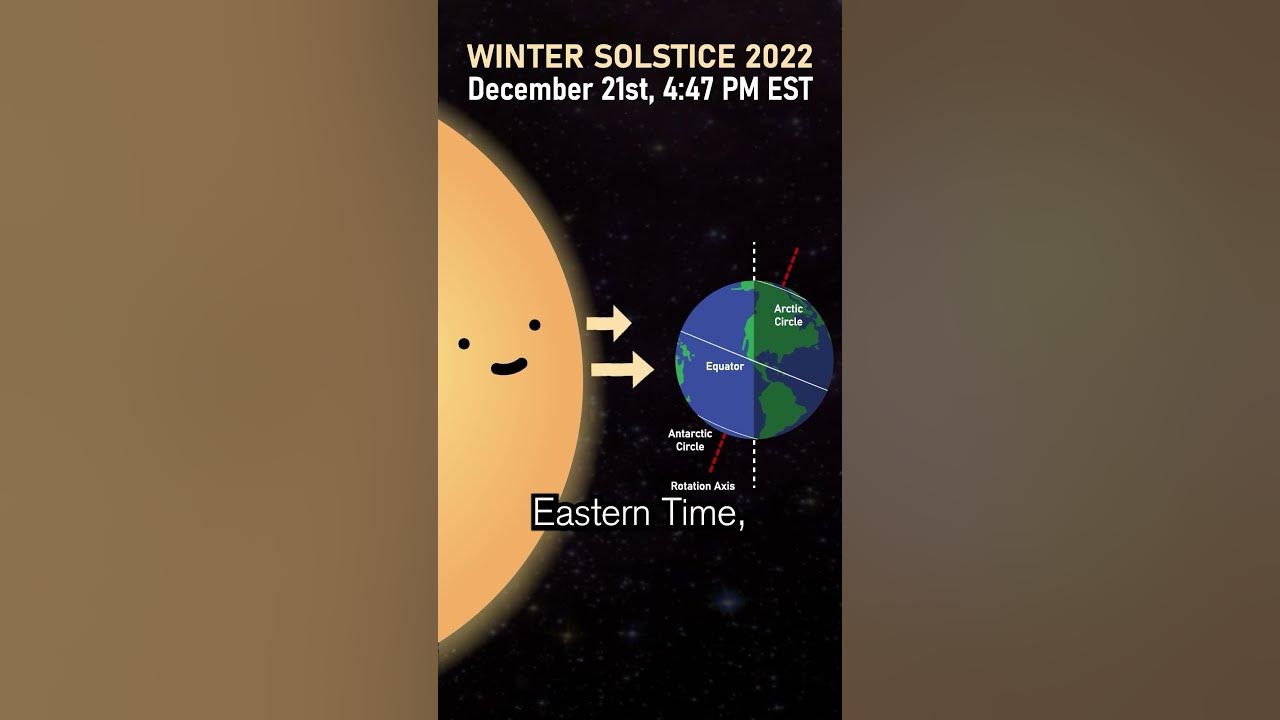
As the winter solstice approaches on December 21st, the Northern Hemisphere will experience the shortest day and longest night of the year. This natural phenomenon has captivated people for centuries, with ancient traditions and festivals taking place around the world. Through science, we can understand why this occurs and how it affects different regions of the world differently.
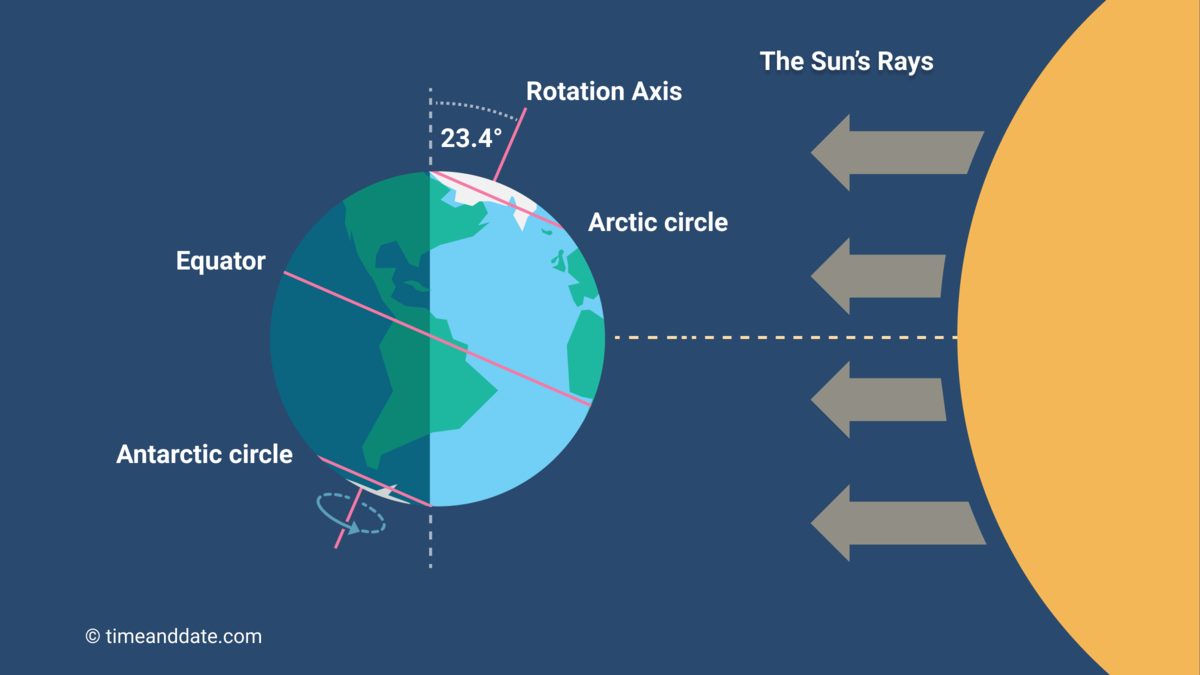
Every year, the Northern Hemisphere experiences the arrival of winter on the winter solstice, which marks the shortest day and longest night due to the Earth's tilt on its axis. As the North Pole is furthest from the sun, it receives the least amount of sunlight, resulting in a gradual lengthening of days towards the arrival of spring. This year, the winter solstice falls on December 21 and will be celebrated by people worldwide in various ways to mark the significant celestial event.